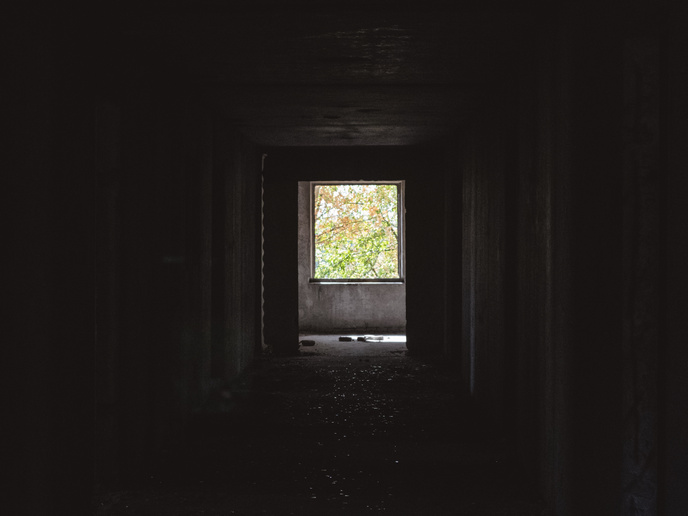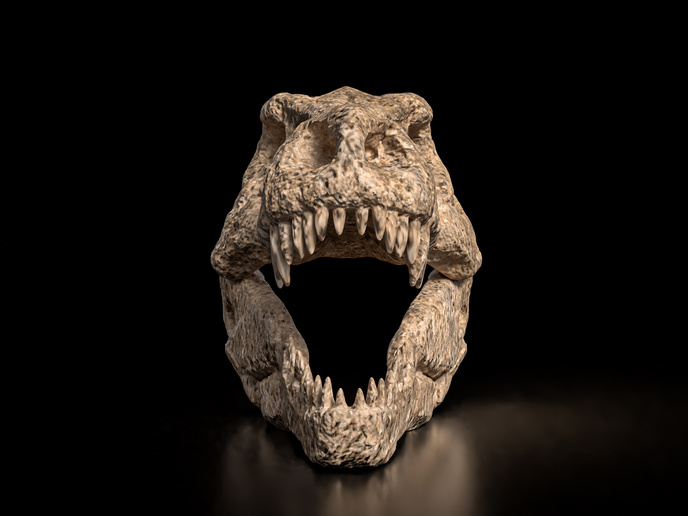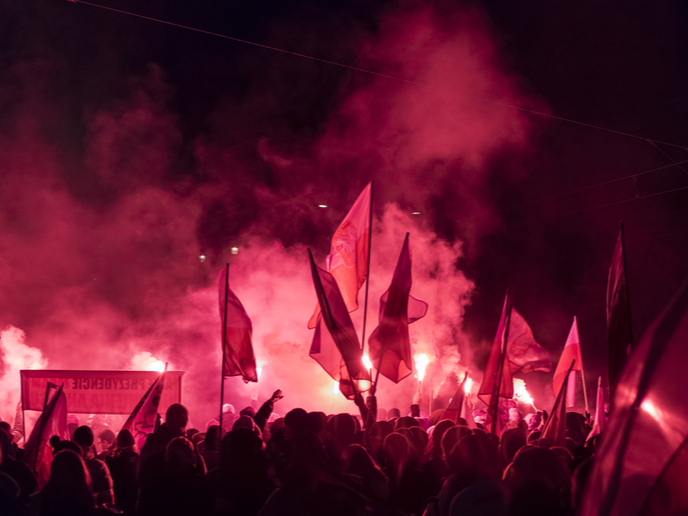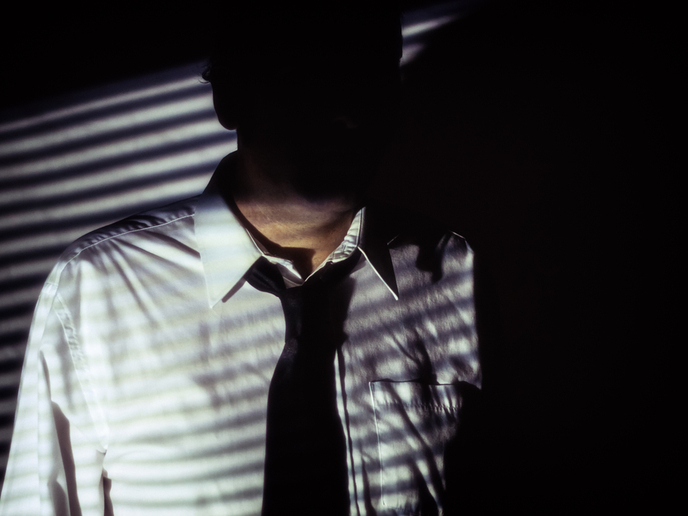Rethinking self-harm in prison through queer studies
Within prison walls, self-harm is commonly treated as a sign of pathology, crisis or deviance. But this perspective fails to account for the deeper intricacy of these behaviours and the political aspects of understanding them as social rather than pathological acts. The Prison Self-harm(opens in new window) project challenges this conventional view. Undertaken with the support of the Marie Skłodowska-Curie programme(opens in new window), it applies queer theory beyond sexuality or gender. “Queer, in this context, is a way of thinking outside the box: refusing the limits of conventional categories and remaining open to complexity, contradiction and ambiguity,” explains Elena Vasiliou, principal investigator of Prison Self-harm. “In this project, that meant looking at self-destructive practices as part of a broader spectrum of relational acts – ones that can unsettle binary logics like self-harm and pleasure, health and illness, victim and agent.”
Self-harm through queer lenses
The project combined statistical data with qualitative narratives grounded in queer studies. Inconsistencies, strong feelings or silences in ex-prisoners’ narratives were recognised as valuable knowledge. Vasiliou stresses that this approach links closely to decolonial and feminist methods: “It is about relational humility, recognising the knowledge and humanity of participants and questioning dominant stories about them.” In an article(opens in new window), Vasiliou applies queer theory to show how pain and self-harm can be understood as complex and contradictory, and, in punitive conditions, both empowering and unsettling. Similarly, this research found that for some participants, self-harm served to avoid suicide, acting as a pressure-release valve that prevented escalation towards ending life. Life in prison, with its routines, surveillance and the struggle to manage safety and identity, influenced how self-harm was experienced. Practices like forced interventions, constant monitoring or limited autonomy were sometimes perceived as coercive rather than supportive. “For some, self-harm became a way to reclaim agency in the face of institutional control. For others, it was a brief quieting of anxiety, or a moment where the sting or sight of blood was bound up with desires, or an assertion of ownership over their own body,” says Vasiliou.
Gender and institutional responses
Statistical findings revealed gender disparities in how self-harm is experienced and addressed. Female prisoners were more likely to be framed as needing external support, especially in trauma or mental health cases, while male prisoners were less often positioned this way. This reinforces gendered assumptions about vulnerability and resilience. For some gay prisoners, the prison environment, with performances of masculinity that prohibit weakness or effeminacy, created a double burden. Self-harm became “a way to relieve the emotional strain of having to constantly suppress parts of themselves in order to survive.” Findings also highlight the inadequacy of current institutional responses. Among prisoners arriving with suicidal feelings, nearly 70 % of women and over 76 % of men reported worsening mental health. Only 23.4 % said they received help. Paradoxically, suicide prevention practices like constant monitoring and medication were often described as controlling and punitive. Credible support was found in peer relationships, through informal solidarity or the Listener scheme – a UK programme in which prisoners offer confidential emotional support to others in distress. The Prison Self-harm project shows that self-harm behaviours in prisons can be understood as ways of coping with or resisting oppressive conditions. It provides further analysis and recommendations(opens in new window) for research, policy and clinical or psychological practice. “The project’s recommendations do not seek to transform prisons into sites of care, but to inform responses that take seriously the lived realities of incarcerated people,” concludes Vasiliou.







